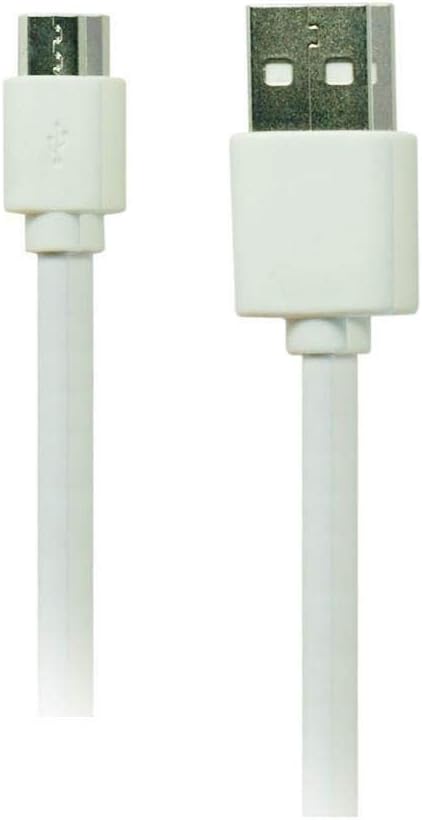Ah, the frustration. You plug in your portable flash drive, expecting a seamless transfer of photos, videos, or important documents, and… nothing. The dreaded “syncing” icon spins endlessly, or worse, nothing happens at all. Don’t despair! This isn’t necessarily a sign of a broken drive. Let’s explore the common culprits behind a stubborn flash drive and how to get it syncing again.
The Usual Suspects: Hardware Problems
Sometimes, the problem isn’t software; it’s the physical connection itself. Let’s start with the most straightforward checks:
- Check the port: Dust, debris, or bent pins in your computer’s USB port can prevent a proper connection. Carefully inspect both the port and the flash drive’s connector. Try a different USB port on your computer – maybe even a port on a different device if possible.
- Try a different cable (if applicable): If you’re using an adapter (like USB-C to USB-A), the adapter itself might be faulty. Try a different cable or adapter.
- Examine the drive: Look for any physical damage to the flash drive itself. Bent connectors, cracks in the casing, or even water damage can disrupt the connection.
- Test on another computer: The easiest way to isolate whether the problem lies with the drive or your computer is to try it on a different machine. If it works on another computer, the issue is likely with your computer’s setup or drivers. If it still doesn’t work, the problem is most likely with the flash drive itself.
Software Sabotage: Drivers and Operating System Issues

Even with a perfect physical connection, software glitches can prevent your flash drive from syncing. Consider these possibilities:
- Outdated or corrupt drivers: Your operating system needs the right drivers to communicate with your flash drive. Outdated or corrupted drivers are a common cause of syncing problems. Check your computer’s device manager (search for “Device Manager” in the Windows search bar or use a similar method for your operating system) to see if there are any issues with your USB controllers or the flash drive itself. You might need to update or reinstall the drivers.
- Operating system errors: A corrupted system file or a bug in your operating system can interfere with external storage devices. Restarting your computer is the first step. If the problem persists, consider running a system file checker (SFC scan in Windows) to detect and repair any corrupted system files.
- File system conflicts: If your flash drive uses a file system that your computer doesn’t fully support (e.g., exFAT on an older system), you might experience syncing problems. Try formatting the drive in a more widely compatible file system like NTFS (Windows) or FAT32, though be aware that formatting erases all data on the drive. **Always back up your data before formatting!**
- Antivirus or firewall interference: Your antivirus software or firewall might be blocking access to the flash drive. Temporarily disable them (but remember to re-enable them afterwards!) to see if this resolves the issue. If disabling the security software solves the problem, you might need to add an exception for your flash drive within your security settings.
Data Overload and Other Quirks

Sometimes, the problem isn’t about the connection or software but about the data itself:
- Too many files: Attempting to transfer a massive number of files can overwhelm the system, causing syncing to fail or become incredibly slow. Try transferring files in smaller batches.
- Corrupted files: A corrupted file on the flash drive might prevent the syncing process from completing. Try scanning the flash drive for errors using the built-in tools of your operating system.
- Drive is full: A seemingly obvious one, but often overlooked! Check the remaining space on your flash drive before attempting a large transfer. A drive that’s nearly full may struggle to receive new data.
- Power issues: Some flash drives, especially those with larger capacities, might require more power than some USB ports can provide. Try connecting it to a powered USB hub to see if that helps.
When to Seek Professional Help

If you’ve exhausted all the troubleshooting steps above and your flash drive still refuses to sync, it’s time to consider professional help. The drive itself might be failing, requiring data recovery services or a replacement. A data recovery specialist can assess the drive’s condition and attempt to retrieve your data, though this isn’t always possible and can be expensive.
Prevention is Better Than Cure: Keeping Your Flash Drive Healthy

To avoid future syncing woes, here’s some preventative maintenance:
- Safely remove the drive: Always use the operating system’s “safely remove hardware” option before unplugging your flash drive to prevent data corruption.
- Avoid extreme temperatures: Extreme heat or cold can damage the flash drive’s internal components. Store it in a cool, dry place.
- Regularly back up your data: This is crucial! Don’t rely on a single flash drive for important data. Regularly back up your files to the cloud, another external hard drive, or even a secondary computer.
By systematically checking these points, you stand a much better chance of identifying the reason why your portable flash drive isn’t syncing and getting your data flowing again. Remember patience and methodical troubleshooting are key!